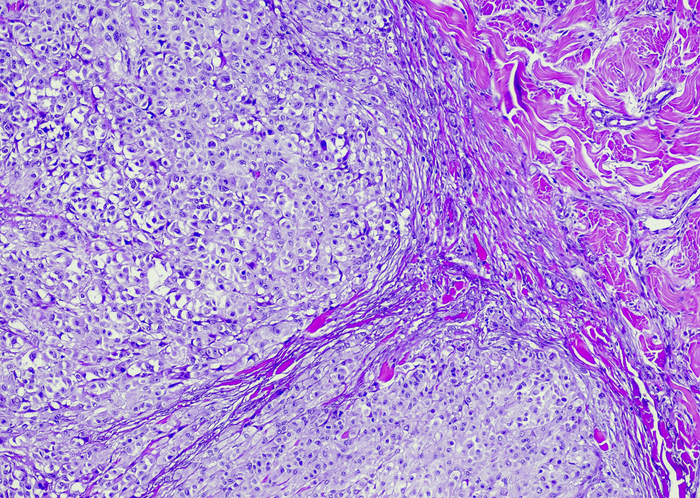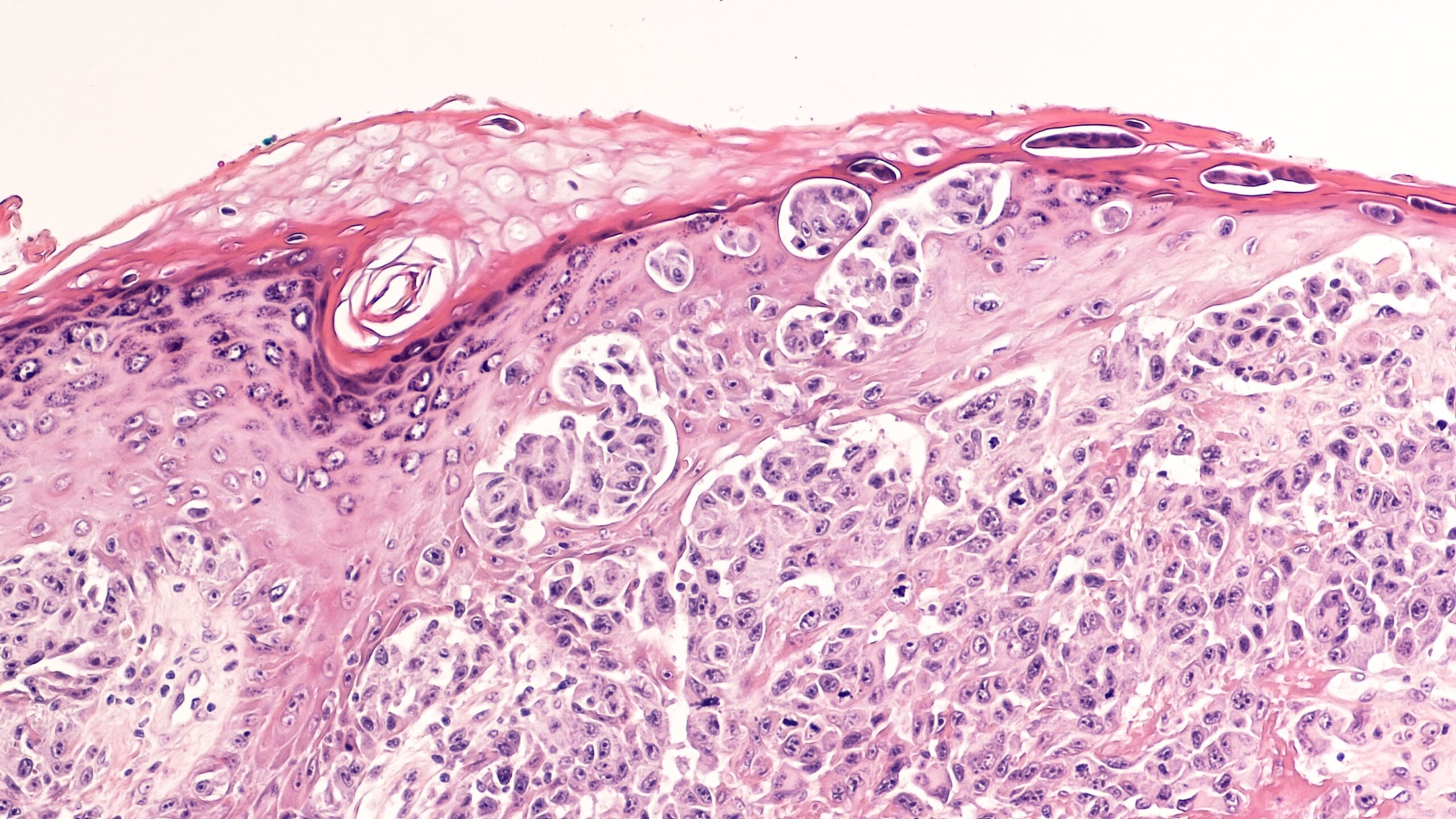
The findings of a new study identify new targets to inhibit the spread of melanoma and guide treatment decisions. The study was published in Nature Communications.
Researchers used melanoma cell lines and preclinical models, the team found that melanoma cells can initiate tumors at new sites via a powerful signalling cascade. Melanoma cells produce Wnt11, which binds to a second molecule on the surface of the cancer cells called FZD7.
The findings of this study, published today in Nature Communications, demonstrated that highly invasive subset of melanoma cells located around the edge of the tumor, called ’rounded-amoeboid’ cells, that not only disseminate through the body very efficiently, but are also very successful at forming new tumors.
Aggressive #melanoma cells at edge of tumours are key to #cancer spread @QMUL @NatureComms https://t.co/ynr2U5UbDX
— Medical Xpress (@medical_xpress) October 20, 2020
Dr Irene Rodriguez Hernandez from Queen Mary University of London, first author of the study said via a press release. “An important observation of our study was that aggressive melanoma cells were not only very invasive but were good at dividing. Therefore, such melanoma cells were capable of growing new tumors both in the skin and at a distant site such as the lung. Our work sheds some light on the ability of melanomas to form metastases very early in the progression of the disease.”
News: Aggressive melanoma cells at edge of tumours are key to cancer spread – https://t.co/qRXiqktxHf
— 7thSpace Interactive (@7thSpaceCom) October 20, 2020
Aggressive melanoma cells at edge of tumours are key to cancer spread> https://t.co/DxEoHkPqGM via @QMUL @EurekAlert
— MiraMed Global (@miramedglobal) October 20, 2020







 © 2025 Mashup Media, LLC, a Formedics Property. All Rights Reserved.
© 2025 Mashup Media, LLC, a Formedics Property. All Rights Reserved.